
China’s Largest National Parks, Discovering Nature’s Grandeur and Majesty. China, with its vast and diverse landscape, boasts some of the most amazing natural wonders on the planet. Its sprawling national parks and carefully protected reserves showcase the diverse wildlife and beautiful scenery of the country. In this article, we will explore China’s largest national parks, appreciating their beauty and importance.
Table of Contents
ToggleImportance of National Parks in China
National parks play a important role in the conservation of China’s natural heritage. These protected areas are a haven for a wide range of plants and animals. It also helps in protecting delicate ecosystems and promoting biodiversity conservation. In addition, it provides unparalleled opportunities for scientific research, education and ecotourism, contributing to environmental conservation and sustainable development.
Top 10 Largest National Parks in China
Jiuzhaigou National Park
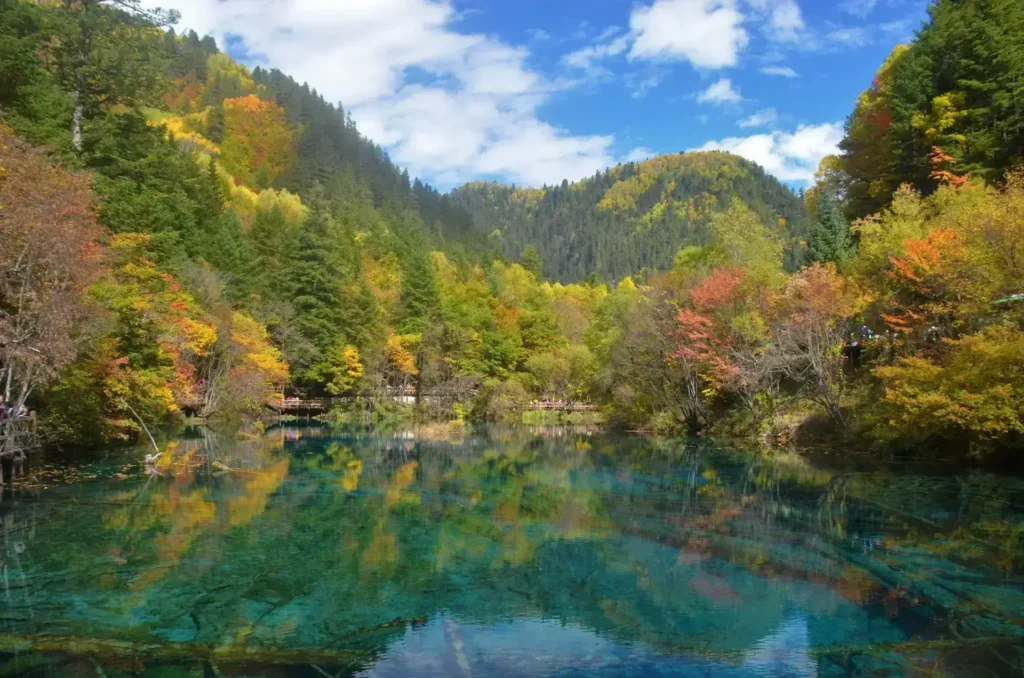
Located in the northern part of Sichuan province, Jiuzhaigou National Park is known for its beautiful natural scenery. Jiuzhaigou National Park is covering an area over 720 sq km. This UNESCO World Heritage Site is includes many of stunning alpine lakes, waterfalls, and green forests. This making it a paradise for nature lovers and photographers alike. Visitors can explore the park’s extensive network of hiking trails, enjoy at its colorful mineral pools, and encounter rare wildlife such as the giant panda and Sichuan golden snub-nosed monkey.
Zhangjiajie National Forest Park
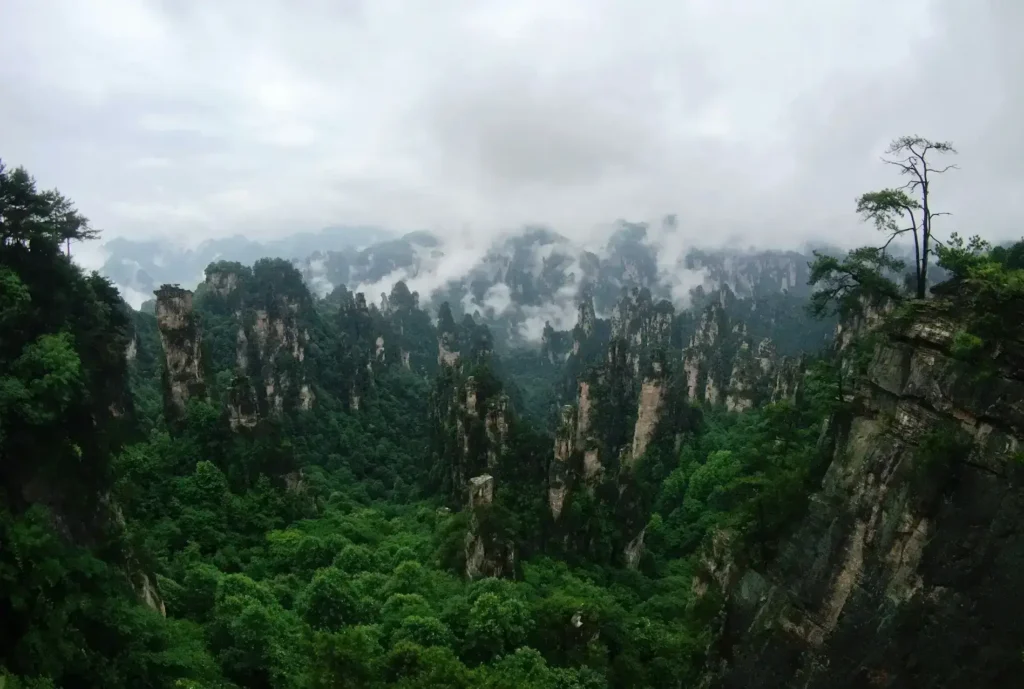
Located in the Hunan province, Zhangjiajie National Forest Park is famous for its towering sandstone pillars, green valleys and lush subtropical vegetation. This National park is covering an area over 48.10 sq km. Often likened to a real-life Pandora from James Cameron’s Avatar. These stunning natural areas have captured the imagination of travelers from around the world. Highlights of the park include the otherworldly Avatar Hallelujah Mountain, the glass-bottomed Bailong Elevator, and Tianmen Mountain Skywalk.
Continue reading: China’s Largest National Parks: Discovering Nature’s Grandeur
Pudacuo National Park
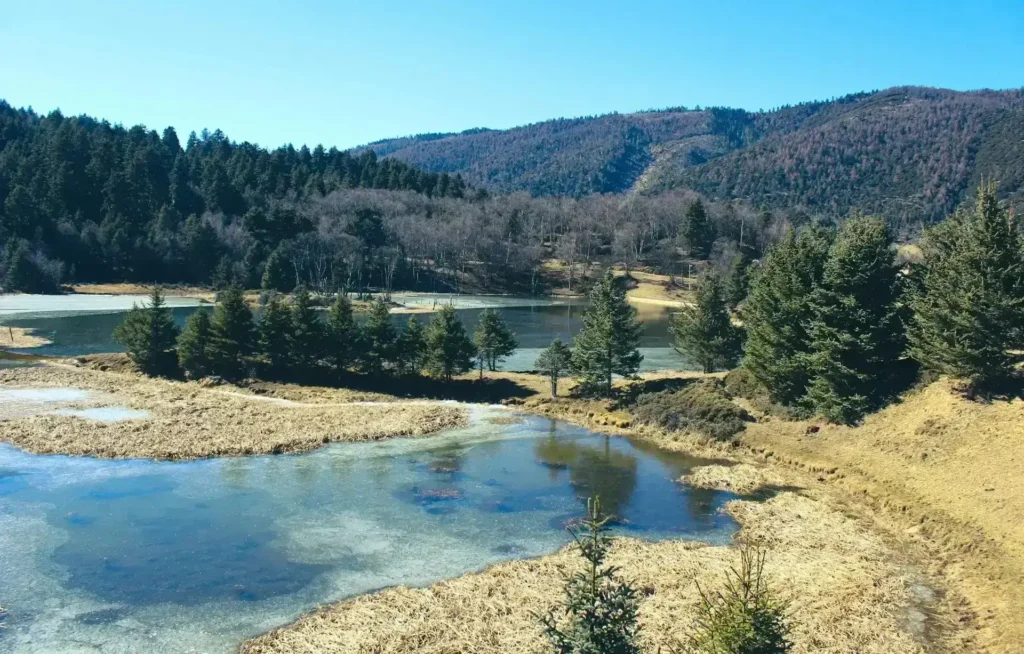
Located in the northwestern corner of Yunnan Province, Budakou National Park is a pure wilderness of natural beauty and ecological importance. Pudacuo National Park is spanning over 1,300-sq-km. It’s a home to sacred Tibetan lakes, dense forests and rare species of plants and animals. This UNESCO World Heritage Site provides visitors with information about the culture and biodiversity of the Tibetan Plateau. Park highlights include the tranquil Beta Lake and Shodo Lake, as well as bird watching opportunities, hiking, and horseback riding.
Changbai Mountain National Nature Reserve

Bordering China’s northeastern border with North Korea, Changbai Mountain National Nature Reserve is a haven for biodiversity and ecological conservation. Changbai Mountain National Nature Reserve is covering an area over 2000-sq-km. It dominated by the majestic Changbai Mountain. This UNESCO Biosphere Reserve is home to pure forests, alpine meadows, and the mystical Heavenly Lake. Visitors can explore the reserve’s network of hiking trails, encounter rare species such as the Siberian tiger and red-crowned crane. they also can learn about the park’s conservation efforts at the Changbai Mountain Nature Museum.
Continue reading: China’s Largest National Parks: Discovering Nature’s Grandeur
Ruoergai Grassland National Nature Reserve
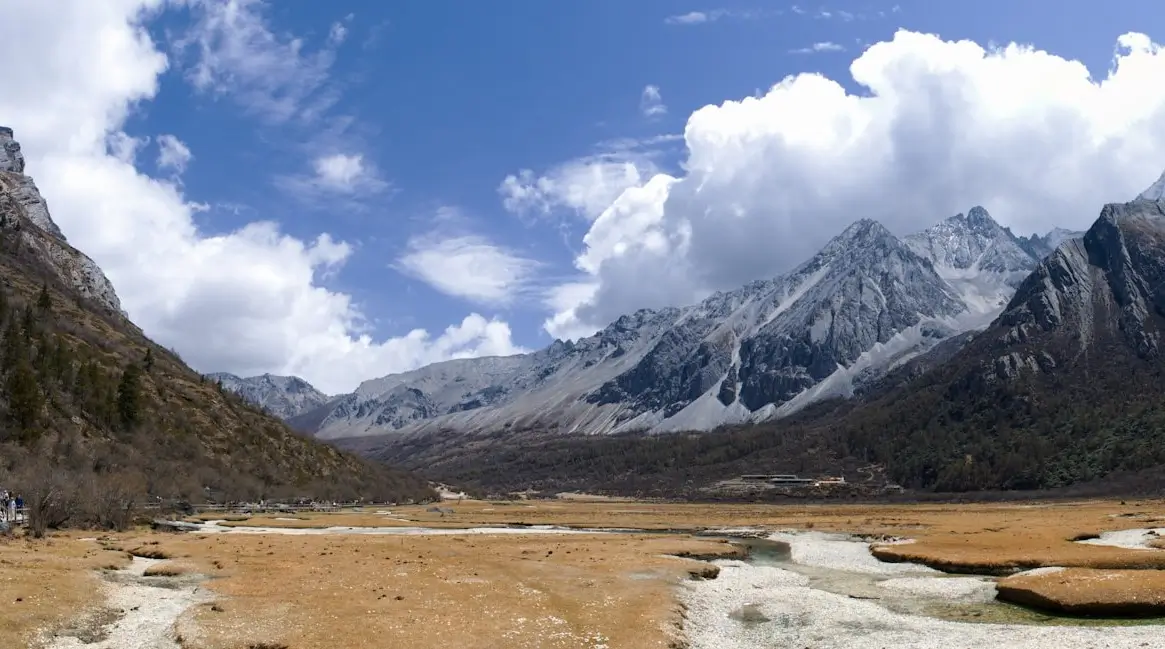
Located on the eastern edge of the Tibetan Plateau, Ruoergai Grassland National Nature Reserve is one of China’s largest and most important grassland ecosystems. Ruoergai Grassland National Nature Reserve is spanning an area of over 3,300 sq-km. This vast wilderness is home to numerous plant and animal species, such as the famous Tibetan antelope and black-necked crane. Visitors to the reserve can witness traditional Tibetan culture and explore wetlands and grasslands. they also can participate in conservation activities such as tree planting and wildlife monitoring.
Hulunbuir Grassland National Nature Reserve
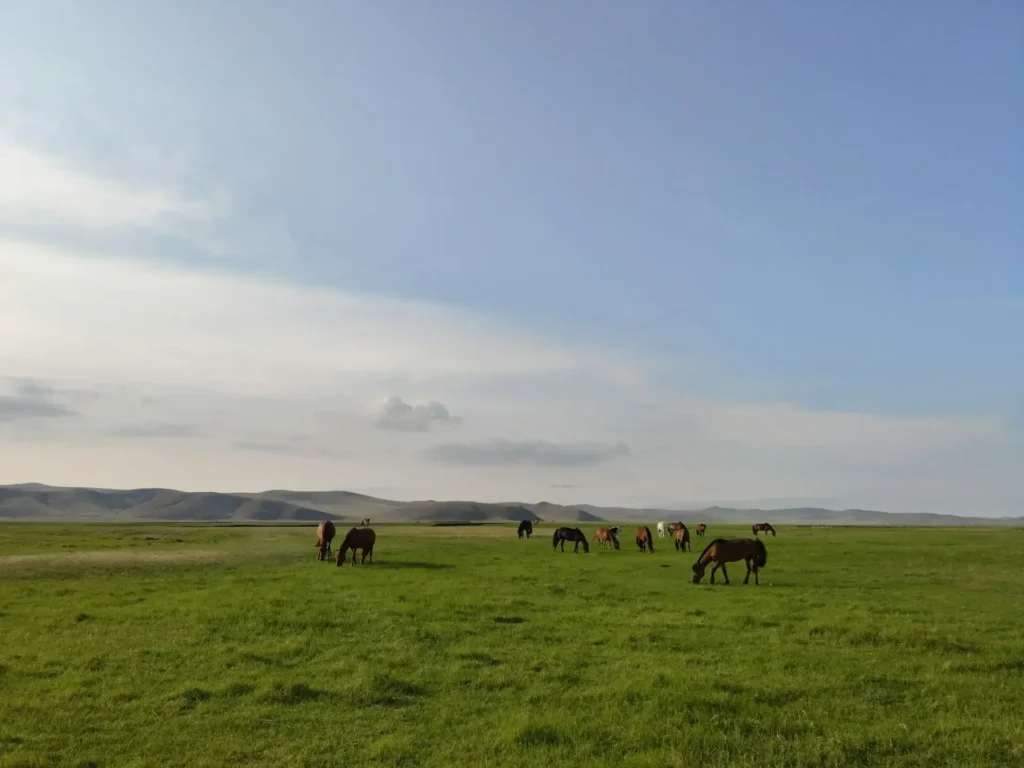
Hulunbuir Grassland National Nature Reserve is covering an area of over 90,000-sq-km in Inner Mongolia Autonomous Region. This is one of the largest and cleanest grassland ecosystems in China. It is famous for its wide open plains, rolling hills, and abundance of wildlife. This UNESCO World Heritage expansive reserve offers visitors a chance to experience the culture and nature of the Mongolian steppe. Highlights of the reserve Such as hiking, horseback riding, traditional Mongolian yurt stays, and wildlife viewing opportunities.
Continue reading: China’s Largest National Parks: Discovering Nature’s Grandeur
Altun Mountains National Nature Reserve
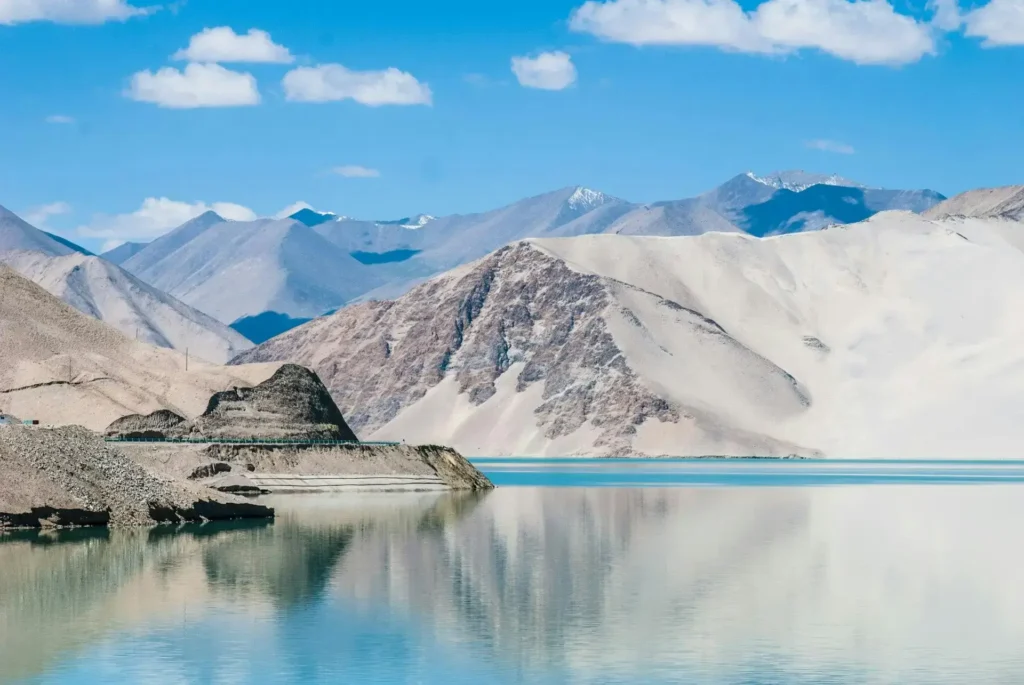
Situated in the western part of Xinjiang province, Altun Mountains National Nature Reserve is a remote and rugged wilderness in western China’s Xinjiang autonomous region . This National Nature Reserve is characterized by towering peaks, deep valleys, and pure alpine ecosystems. Altun Mountains National Nature Reserve is spanning over 45,000-sq-km. This UNESCO World Heritage Site is home to a diverse range of plant and animal species. For example, the endangered snow leopard and argali sheep. Visitors to the reserve can explore its rugged terrain, encounter rare wildlife. They also could learn about the unique cultural heritage of the region’s indigenous peoples.
Sanjiangyuan National Nature Reserve
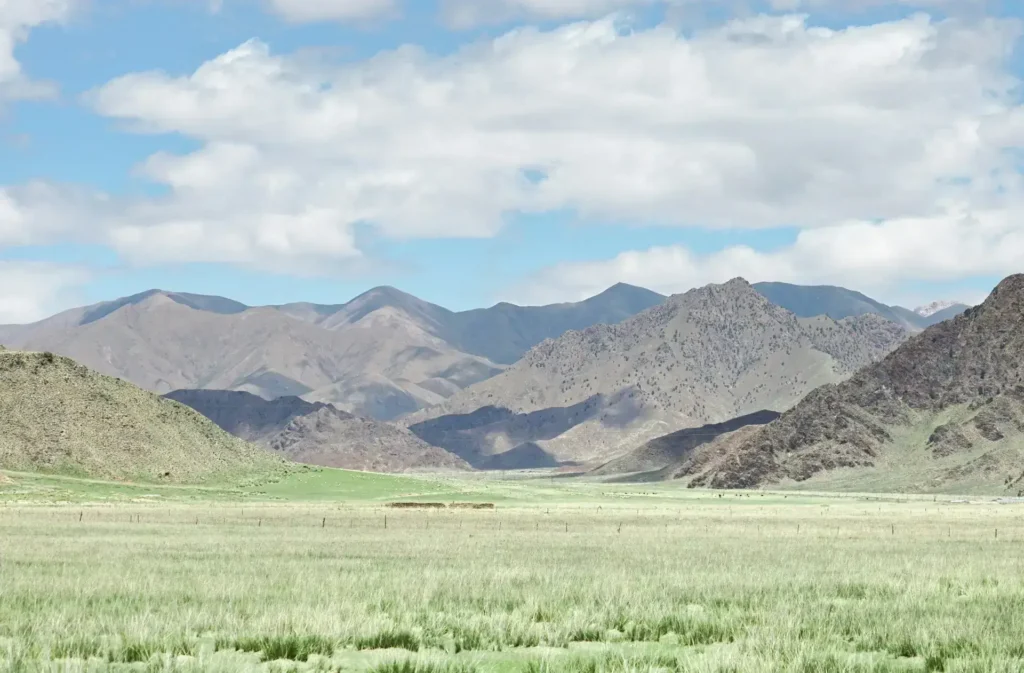
Located on the Qinghai-Tibetan Plateau, Sanjiangyuan National Nature Reserve is often referred to as the “source of three rivers” due to its role in the origin of the Yangtze, Yellow, and Mekong rivers. Sanjiangyuan National Park is China’s largest national park. Spanning over approximately 152,000-sq-km. This vast and remote wilderness is home to many plant and animal species. For example, the elusive Tibetan antelope and Tibetan wild yak. Visitors to the reserve can explore the beauty of the alpine landscape, observe rare wildlife, and learn about the region’s unique cultural heritage.
Xishuangbanna National Nature Reserve
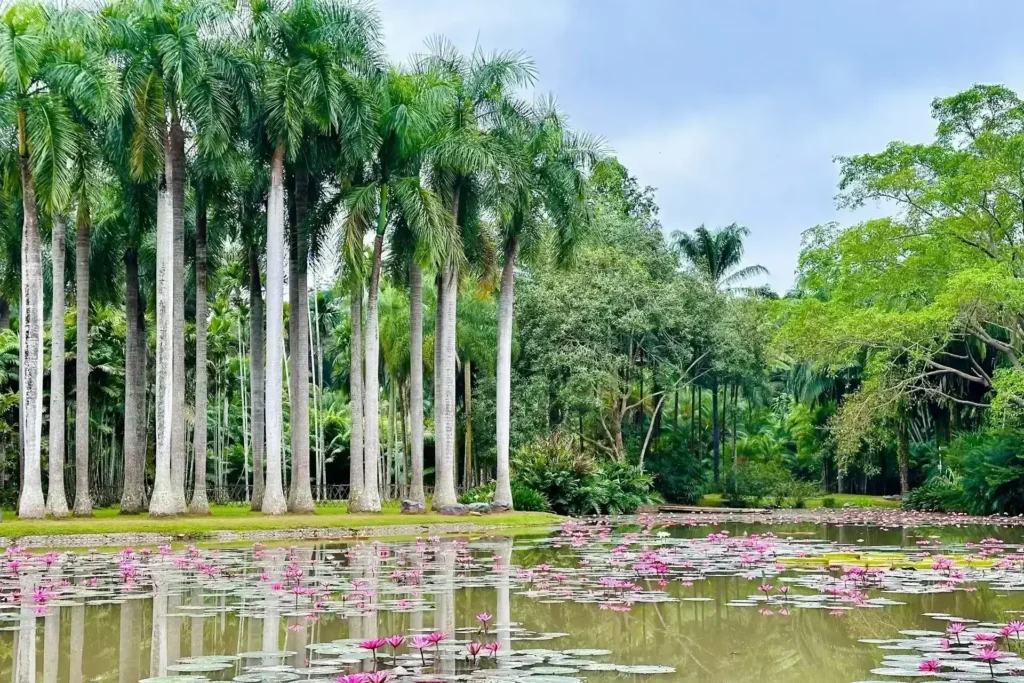
Situated in the southern part of Yunnan province, Xishuangbanna National Nature Reserve is a biodiversity hotspot renowned for its lush tropical rainforests, lively ethnic cultures, and rich ecological diversity. Xishuangbanna National Nature Reserve is covering an area of over 2410-sq-km. This UNESCO World Heritage Site is home to a wide range of plant and animal species. Including rare primates such as the black snub-nosed monkey and white-headed langur. Visitors to the reserve can explore its dense jungles, encounter exotic wildlife. They also could immerse themselves in the local cultures of the Dai and Hani peoples.
Continue reading: China’s Largest National Parks: Discovering Nature’s Grandeur
Gongga Mountain National Nature Reserve
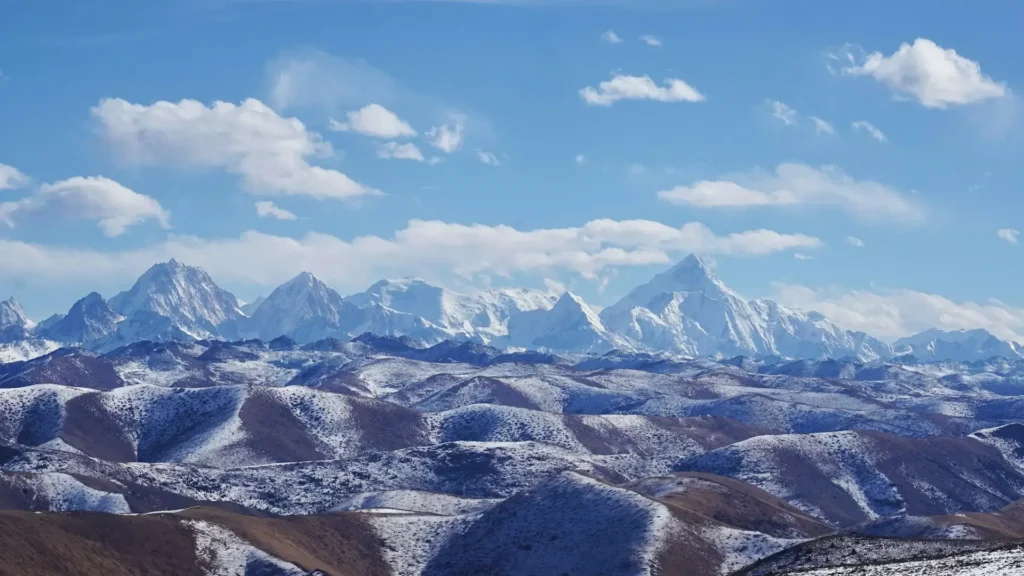
Located in the eastern Himalayas, Gongga Mountain National Nature Reserve is a paradise for outdoor admirers and nature lovers. Gongga Mountain National Nature Reserve is spanning an area of over 4,000 sq-km. This UNESCO Biosphere Reserve is home to some of the highest peaks in the eastern Himalayas. For example, the majestic Gongga Mountain, also known as the “King of Sichuan Mountains.” Visitors to the reserve can explore its rugged terrain, hike through alpine forests, and admire stunning glaciers and waterfalls.
Comparison of the Parks
In terms of size and area, Sanjiangyuan National Nature Reserve stands out as the largest, covering over 152,000-sq-km of pure wilderness. Then comes, Jiuzhaigou National Park covering over 720 -sq-km. However, each park offers its own unique attractions and experiences, from the otherworldly landscapes of Zhangjiajie to the sacred lakes of Pudacuo and the rugged beauty of Changbai Mountain. Despite their differences, all of these parks share a common commitment to environmental conservation and sustainable tourism, ensuring that future generations can continue to enjoy and appreciate China’s natural wonders.
Continue reading: China’s Largest National Parks: Discovering Nature’s Grandeur
Future of National Parks in China
As China continues to prioritize environmental protection and sustainable development, the future of its national parks looks promising. Conservation efforts are underway to preserve these invaluable natural resources for future generations, while initiatives such as eco-tourism and community engagement. This aim to promote awareness and appreciation of China’s rich biodiversity. By working together to protect and preserve these national treasures, we can ensure they remain a majestic place on the planet well into the future.
Related topics:
– The Largest National Parks in the United States of USA: America: Natural Treasures of the United States of America
– Exploring the Largest National Parks in Asia
– Discover the Largest National Parks in Europe: Exploring Nature and Wild Landscapes
– Exploring the World’s Biggest National Parks: Unveiling Nature’s Grandeur
– Into the Wild: Africa’s Largest National Parks Await Your Discovery
Summary of national parks of China
China’s largest national parks represent some of the most stunning and ecologically significant landscapes on the planet. These protected areas offer visitors a chance to connect with nature, explore diverse ecosystems, and experience the wonders of the natural world. By preserving and protecting these national treasures, we can ensure that future generations have the opportunity to enjoy and appreciate China’s rich biodiversity and stunning landscapes.
FAQs about National Parks in China
Q1: What are the entrance fees for these national parks?
A1: Entrance fees vary for each park and depend on factors such as peak season, age, and nationality. It is advisable to check the official websites of the respective parks for up-to-date information on ticket prices and entrance policies.
Q2: Are there any restrictions for visiting these parks?
A2: While most national parks in China are open to visitors year-round, certain areas may have restrictions or limited access due to conservation efforts or environmental concerns. Visitors are advised to respect park regulations and guidelines to ensure their safety and the preservation of natural resources.
Q3: What is the best time to visit the largest national parks in China?
A3: The best time to visit these national parks depends on factors such as weather, seasonal attractions, and personal preferences. Generally, spring (March to May) and autumn (September to November) are considered ideal for outdoor activities and sightseeing, with mild temperatures and less crowded conditions.
Q4: Are there accommodations available within these parks?
A4: Many national parks in China offer a range of accommodations, including hotels, guesthouses, and camping facilities. However, availability may vary depending on the season and demand, so it is advisable to book in advance, especially during peak travel periods.
Q5: How can I contribute to the conservation efforts of these national parks?
A5: Visitors can support the conservation efforts of national parks in China by practicing responsible tourism, minimizing their environmental impact, and adhering to park regulations and guidelines. Additionally, volunteering for conservation projects, participating in educational programs, and donating to reputable conservation organizations are effective ways to contribute to the preservation of these natural treasures.
